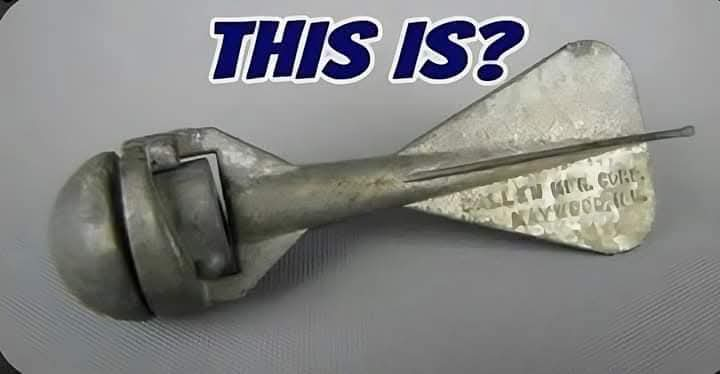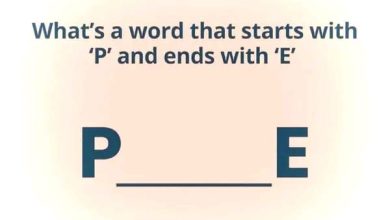
ADVERTISEMENT
The Practice Bomb: A Safe Simulation for Military Training
In the early to mid-20th century, the development of the practice bomb marked a significant advancement in military training, providing a safe and effective way to simulate actual bombing runs without the risk and destruction of live explosives. These practice bombs became essential tools for air forces around the world, allowing pilots and crews to hone their skills and tactics before engaging in real combat missions.
What is a Practice Bomb?
A practice bomb is a training device designed to mimic the weight, shape, and aerodynamic properties of a live bomb without carrying the explosive charge. These bombs typically contain a small amount of inert material or a simple marking system to indicate where the bomb would have hit had it been live. The primary purpose of practice bombs was to give pilots the experience of releasing bombs and aiming accurately without the destructive consequences.
Features of Early Practice Bombs
- Shape and Design: Many practice bombs resembled the bombs used in combat but were often made of wood or light metal. Some featured colorful paint or markings to differentiate them from live ordnance.
- Aerodynamics: Designed to mimic the real bombs in weight and flight path, practice bombs helped ensure that pilots could practice their release techniques and bomb aiming with a realistic feel.
- Simulated Impact: Some bombs used a smoke or dye marker to indicate the point of impact on the ground, allowing for immediate feedback on accuracy.
The Role of Practice Bombs in Training
- Air Force Training: Practice bombs were crucial in teaching pilots proper bombing techniques. Through repeated practice, aircrews learned how to release bombs at the correct altitude, speed, and angle for maximum effectiveness.
- Safety: These bombs provided a safer training environment by reducing the risks associated with live munitions. Training with live bombs could result in unintended explosions or accidents, making practice bombs a far safer alternative.
- Cost-Effectiveness: Using practice bombs was a more cost-effective way to train aircrews. While live bombs were expensive and dangerous, practice bombs could be reused and allowed for more frequent training sessions.
Cultural and Military Significance
In the context of military history, the practice bomb represents the growing importance of preparation and simulation in warfare. During World War II and the Cold War, air forces around the world used practice bombs to prepare for bombing campaigns and to develop strategies that could be applied in actual combat scenarios. They became an integral part of the training infrastructure, allowing military personnel to refine their skills in a controlled environment.
Legacy and Modern Use
Though technology and training methods have evolved, the concept of the practice bomb lives on in various forms. Today, modern versions of these training devices are used alongside virtual simulations and advanced technologies, but the principle of safe, realistic practice remains unchanged.
ADVERTISEMENT
The practice bomb symbolizes the balance between realism and safety in military training and has contributed to shaping more effective, skilled air forces. Would you like to dive deeper into the history or technological advancements in military training devices? 😊




